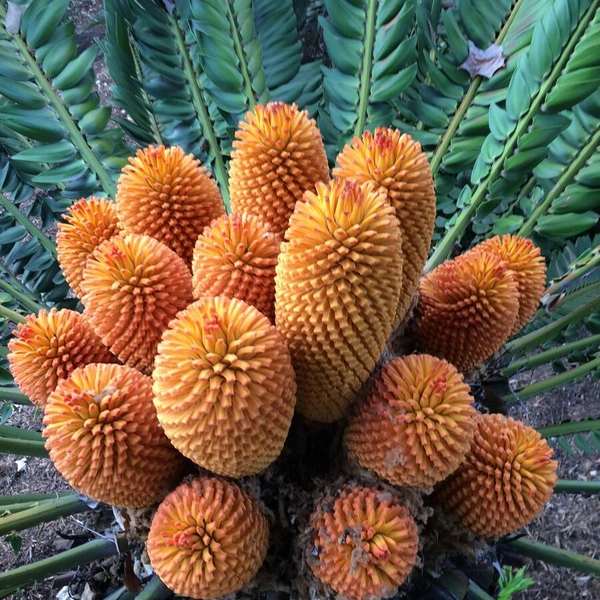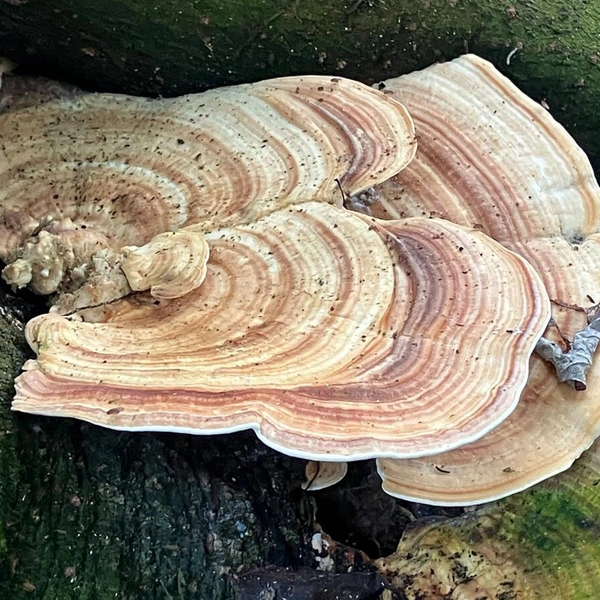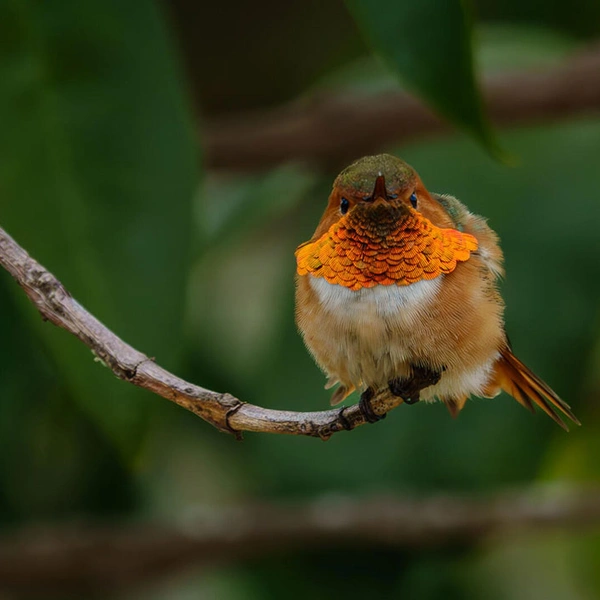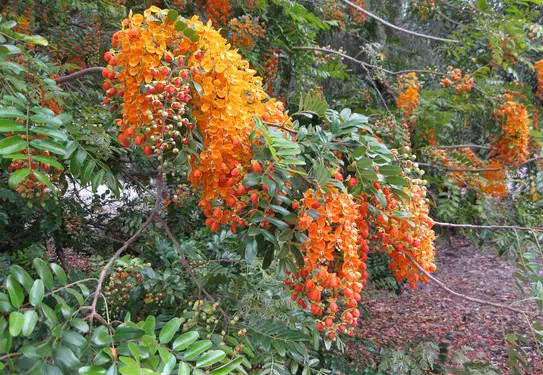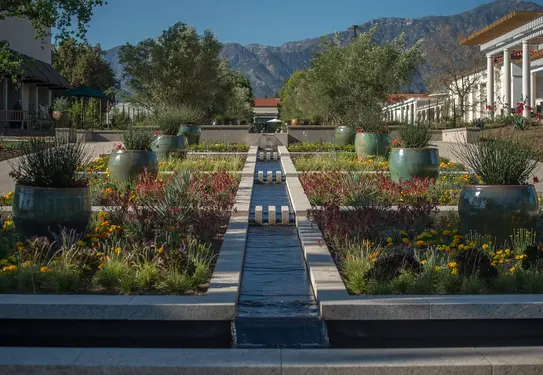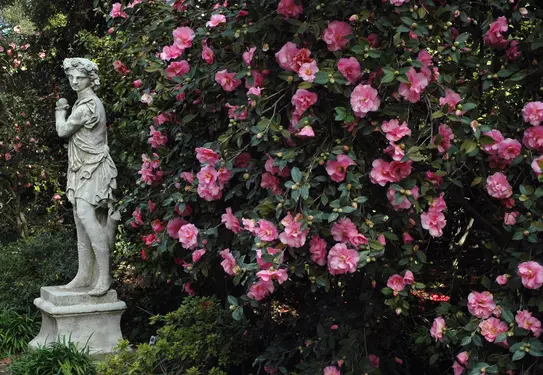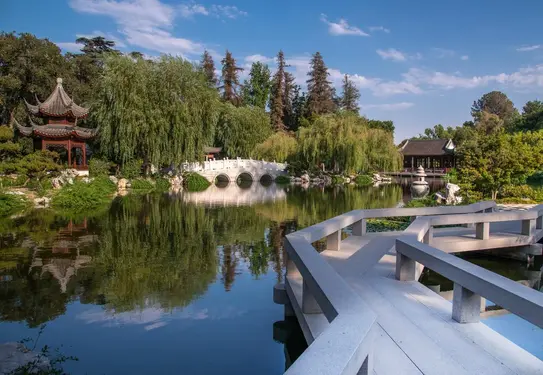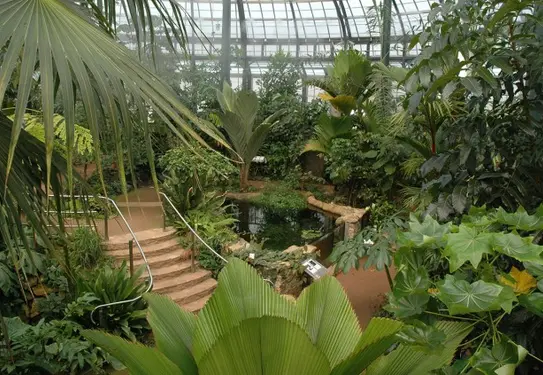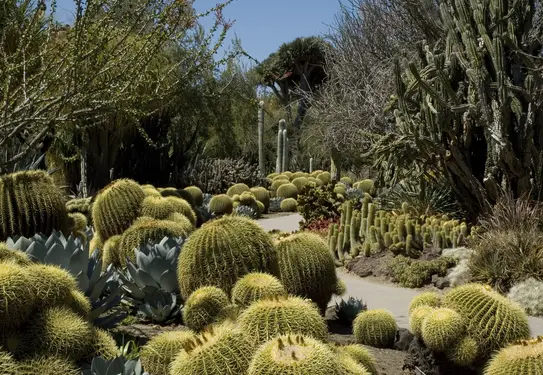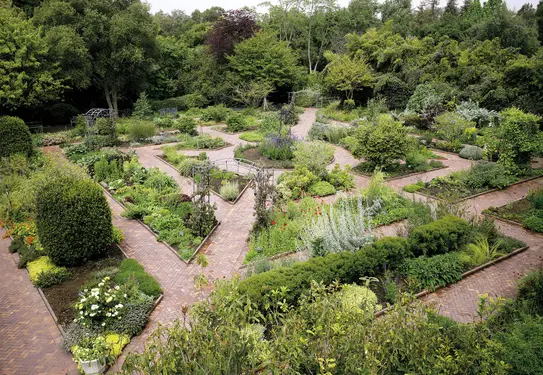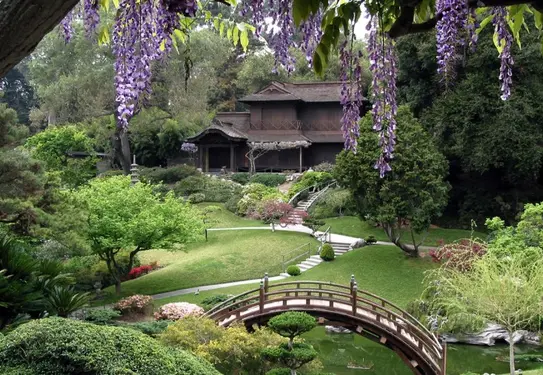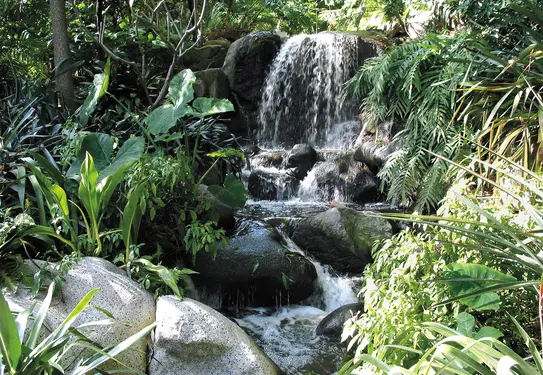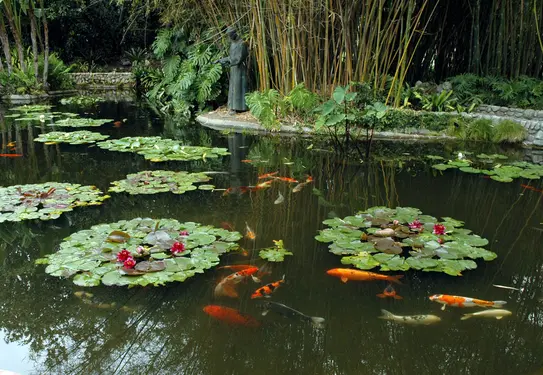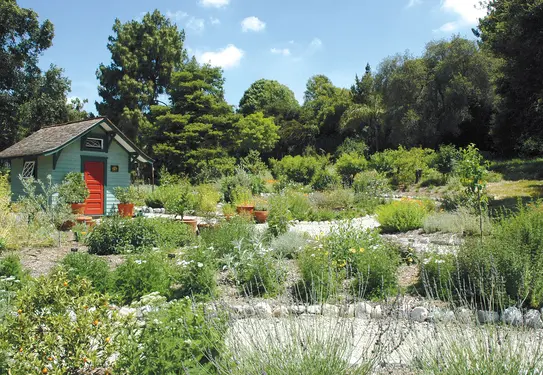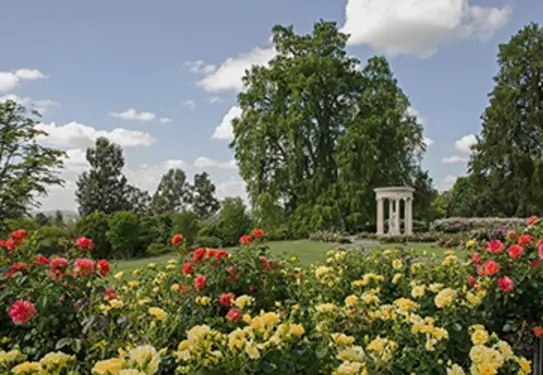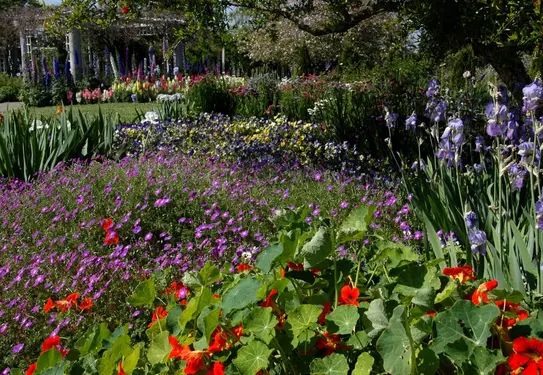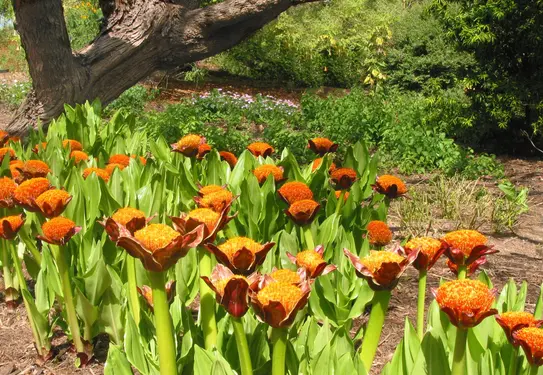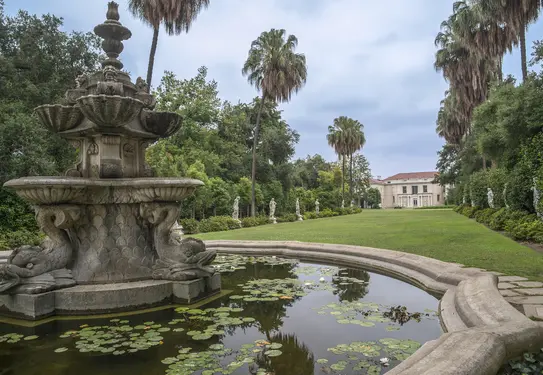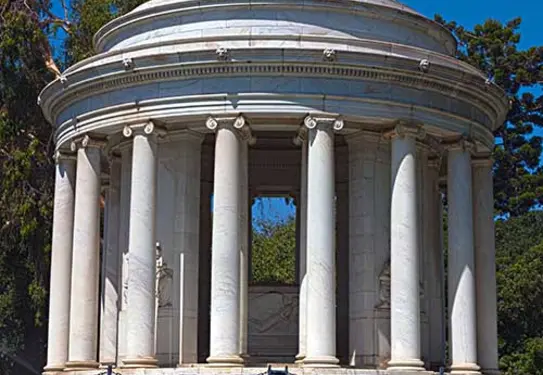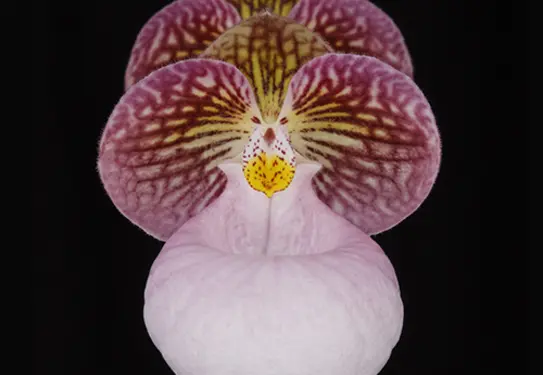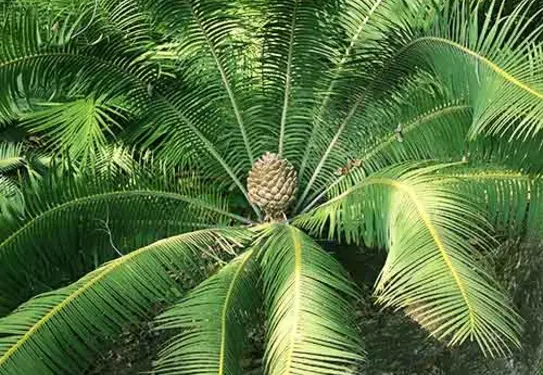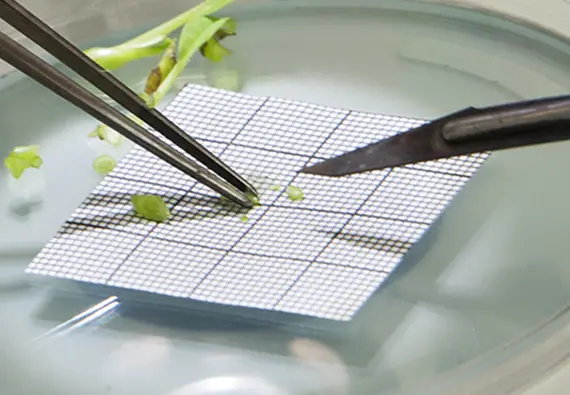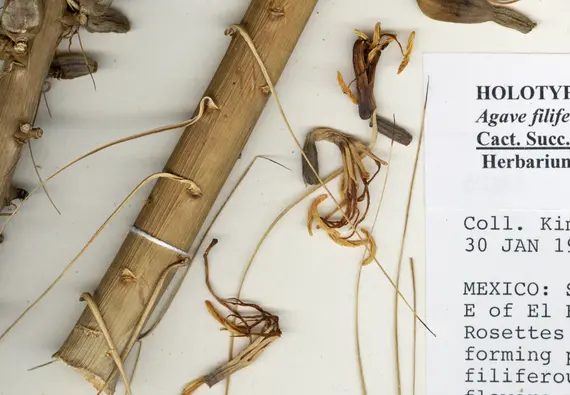
Botanical Gardens
Botanical News
Cycads have withstood the test of time, surviving ravenous dinosaurs and ice ages. Today, however, habitat loss, poaching, and declining pollinator populations threaten their survival.
Fungi are an essential part of biodiversity at The Huntington, though many species remain unseen without sufficient rainfall. The past two winters’ heavy rains led to a surge in mushrooms across the gardens.
Wild birds enliven The Huntington’s landscape throughout the year thanks to the ample habitat that the gardens provide. Among the most cherished avian guests are hummingbirds. These tiny, vibrant visitors avail themselves of The Huntington’s abundant nest sites and nesting materials, water features, and food sources.
“If you can believe it, we have over 83,000 living plants here. The Botanical Gardens serve as the entryway to The Huntington, connecting all three of the collections—the art collections, the library collections, and the plant collections.”
Japanese Heritage Shōya House
Hours | Wed.–Mon., Noon–4 p.m.
Experience a restored residential compound from 18th-century Japan providing a glimpse into rural Japanese life some 300 years ago.
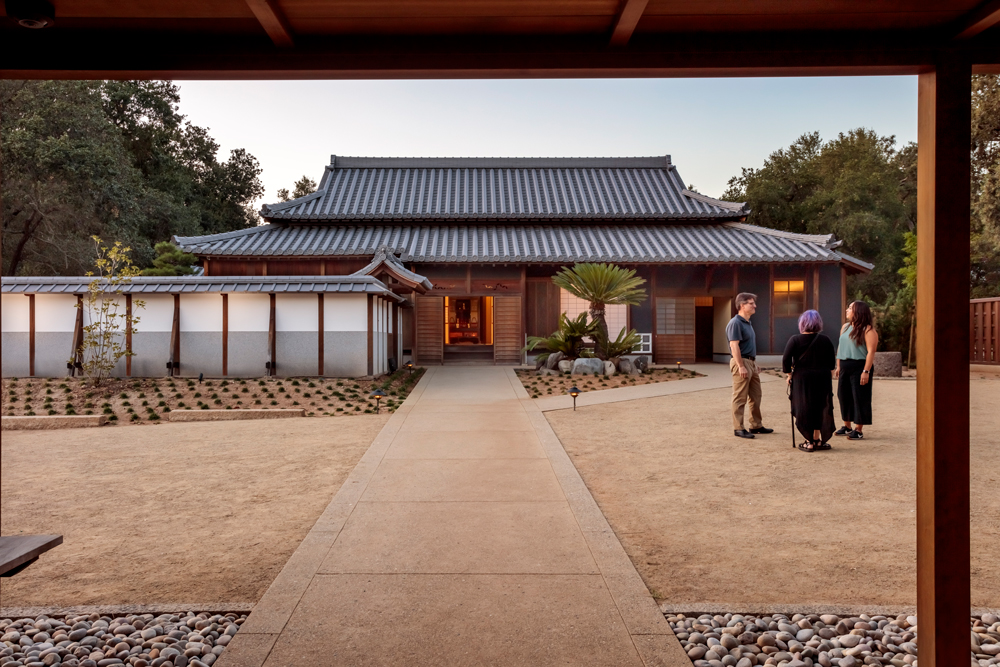
Botanical Living Collections
In addition to 130 acres of themed gardens, The Huntington has significant holdings of botanical living collections, including orchids, cycads, and bonsai, examples of which may be found throughout the grounds. These core collections are being preserved, expanded, studied, and promoted for public appreciation, and support many areas of botanical research, including conservation and cryopreservation. The collections also serve as the foundation of The Huntington’s educational programming, including botanical lectures, gardening workshops and demonstrations, and plant sales.

The Amorphophallus titanum, or Corpse Flower, is a popular attraction at many botanical gardens, including The Huntington. In its native Indonesian habitat, the population is declining due to habitat loss and degradation. Photo by Linnea Stephan. | The Huntington Library, Art Museum, and Botanical Gardens.
More Than Meets the Eye: Plant Conservation at The Huntington
When Henry E. Huntington purchased his estate in 1903, plant conservation was not foremost in his plans, but his passion for rare and unusual plants created the foundation for botanical collections that are significant to conservation initiatives in the 21st century.
